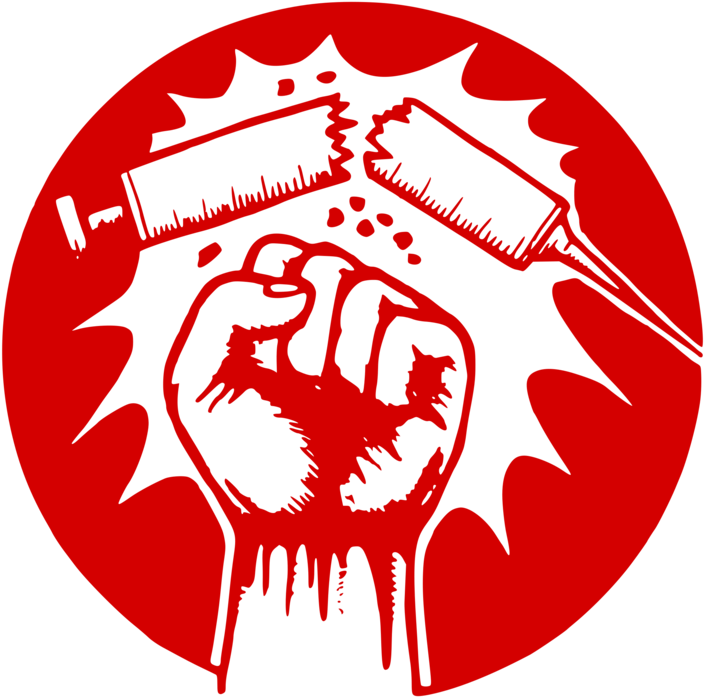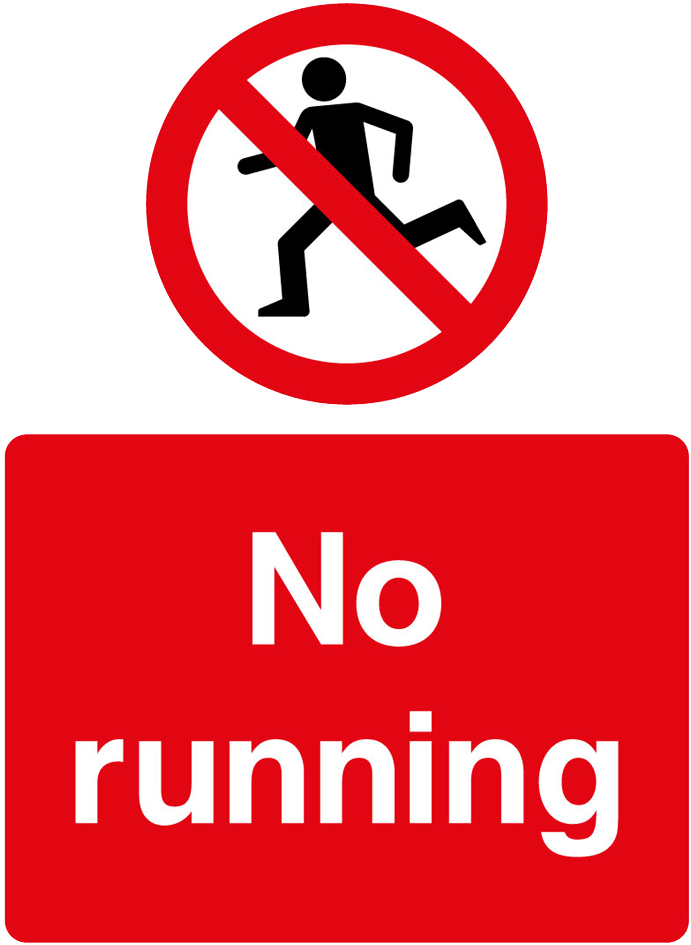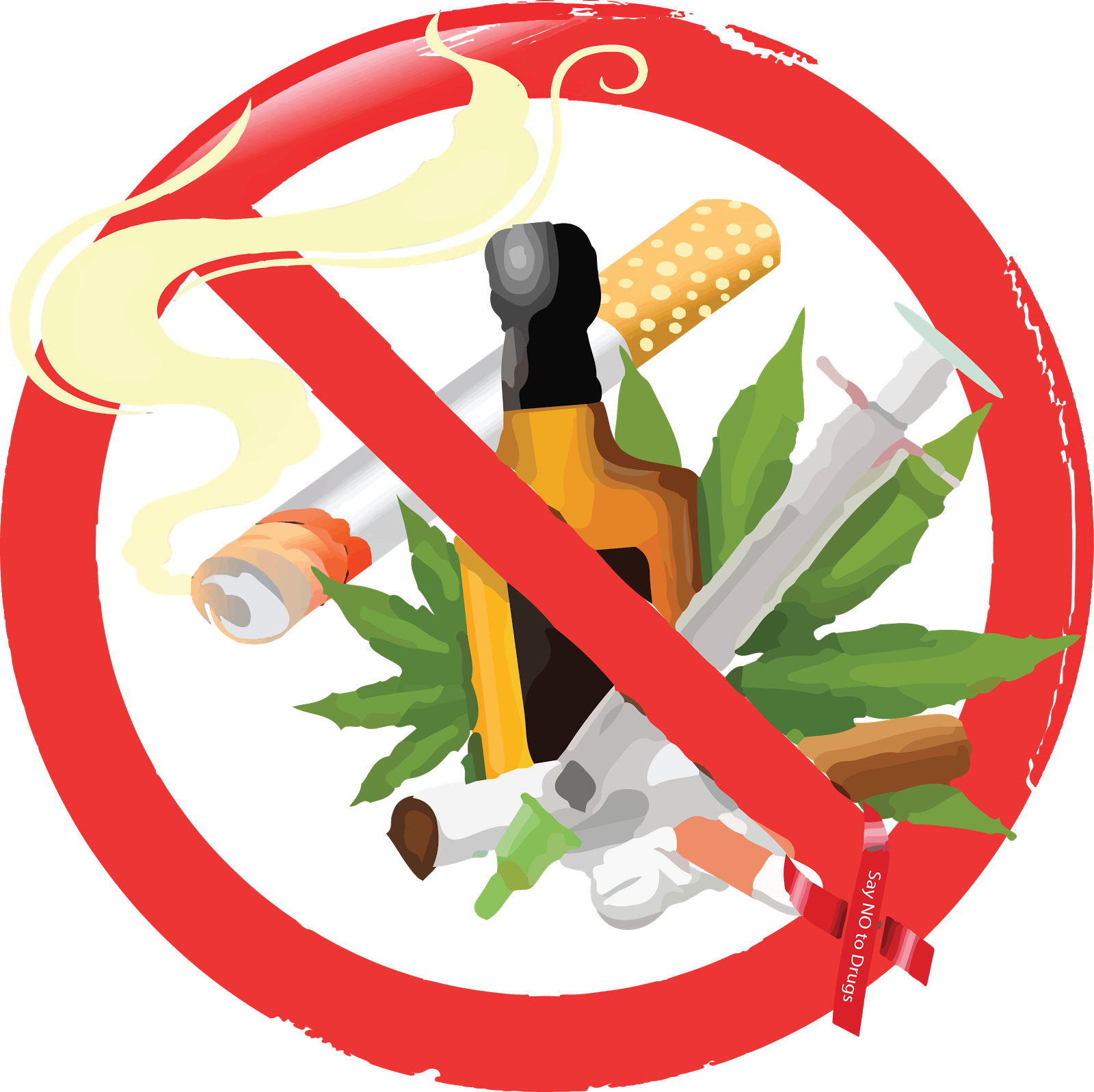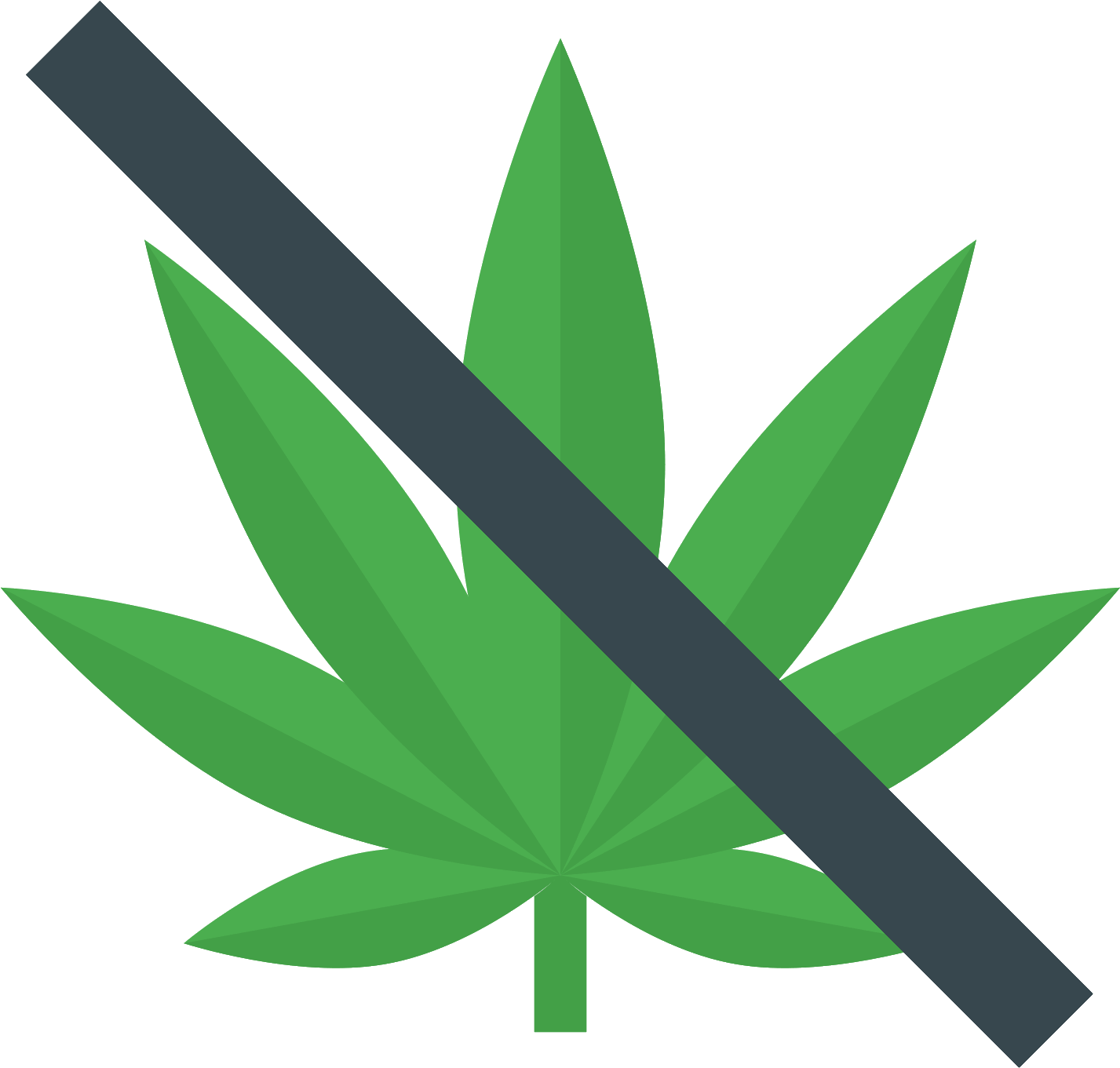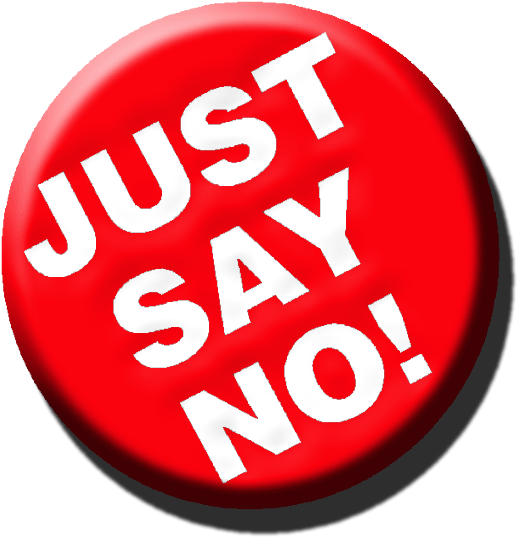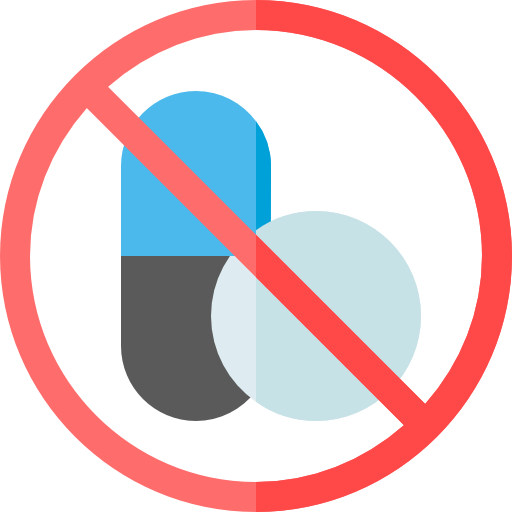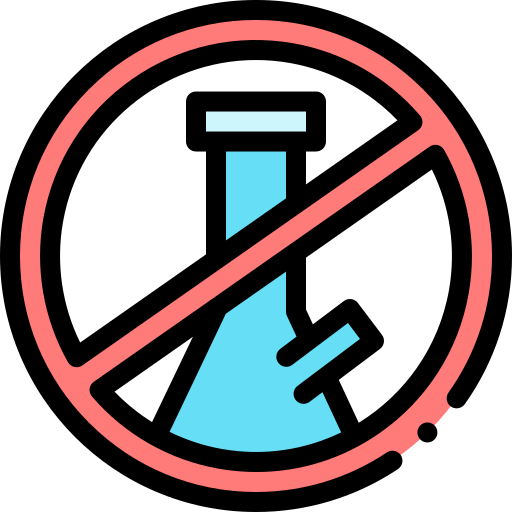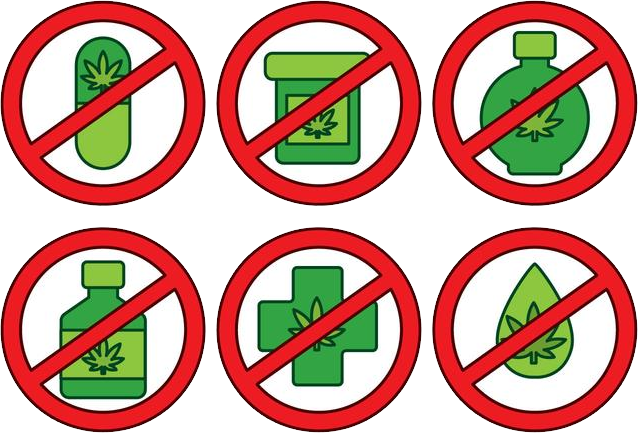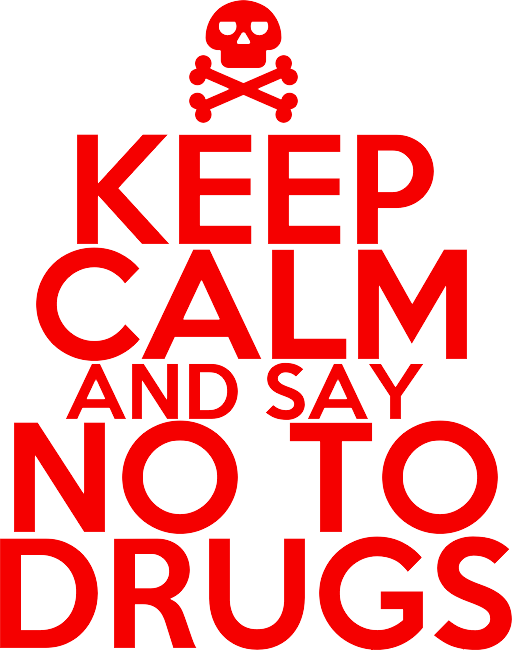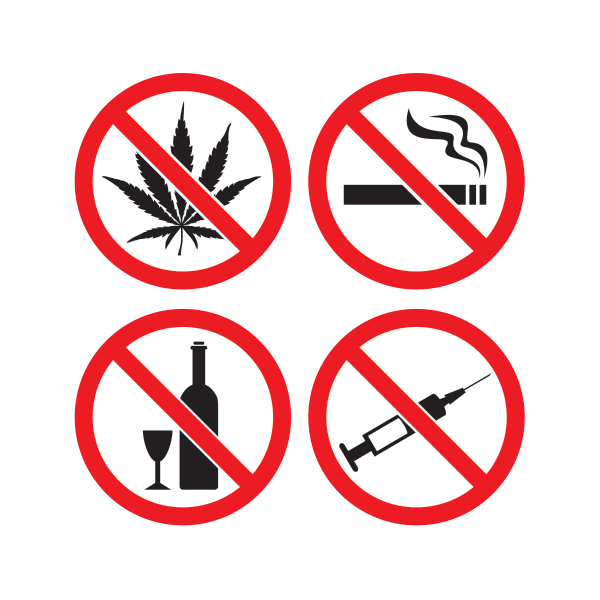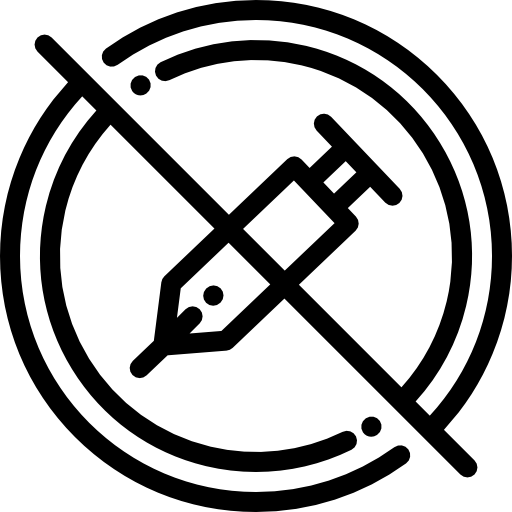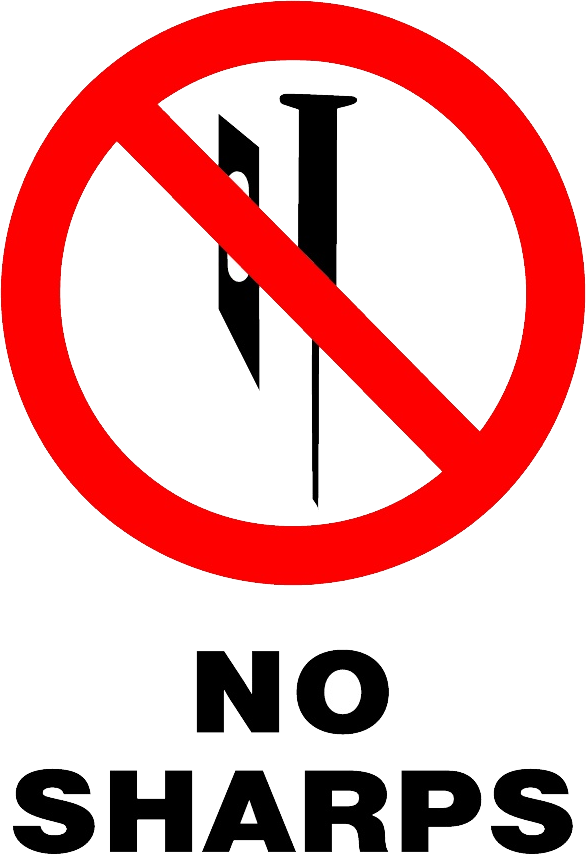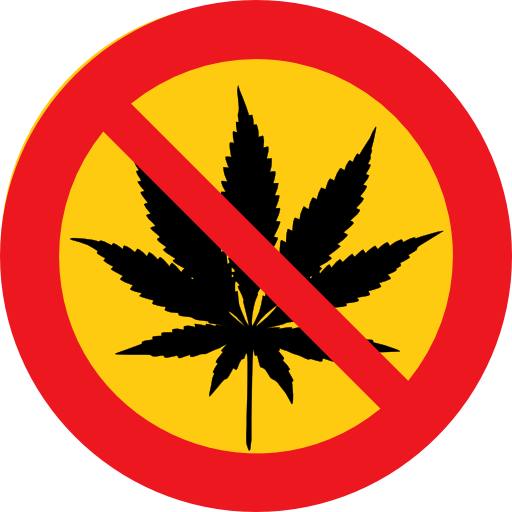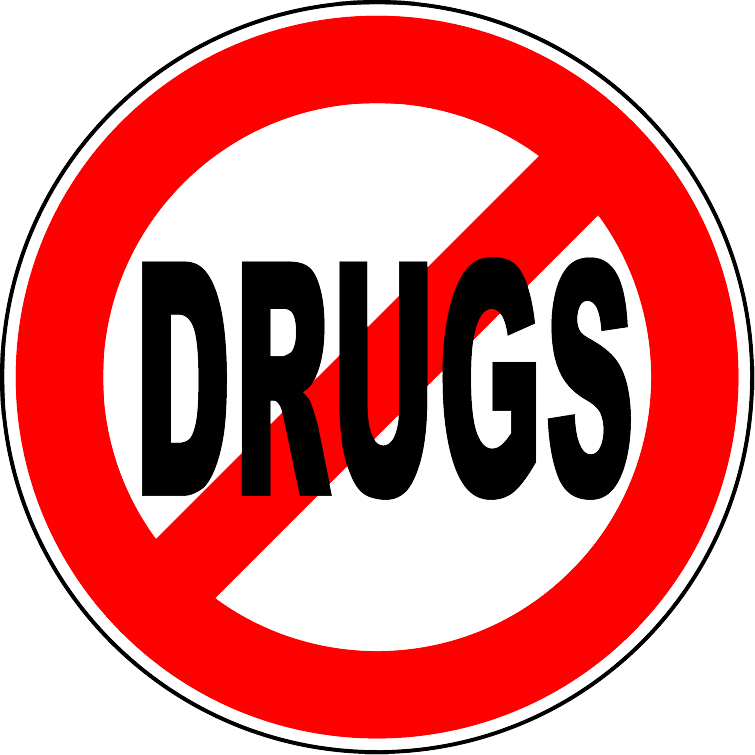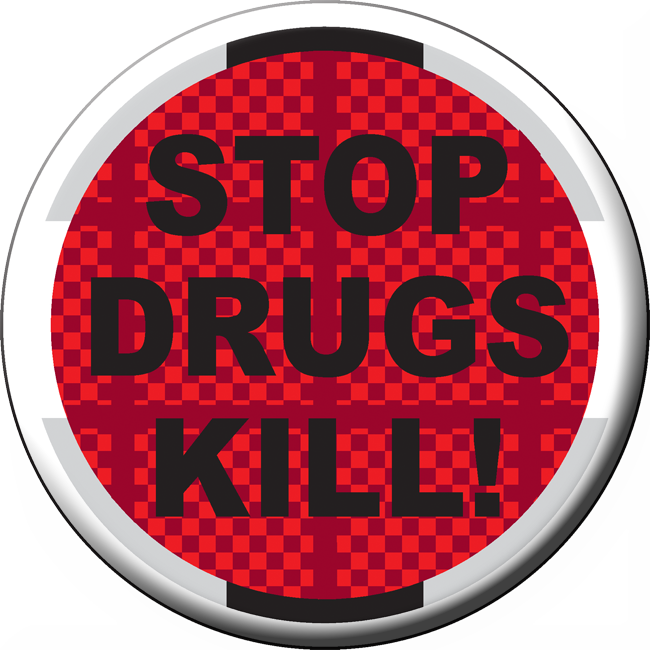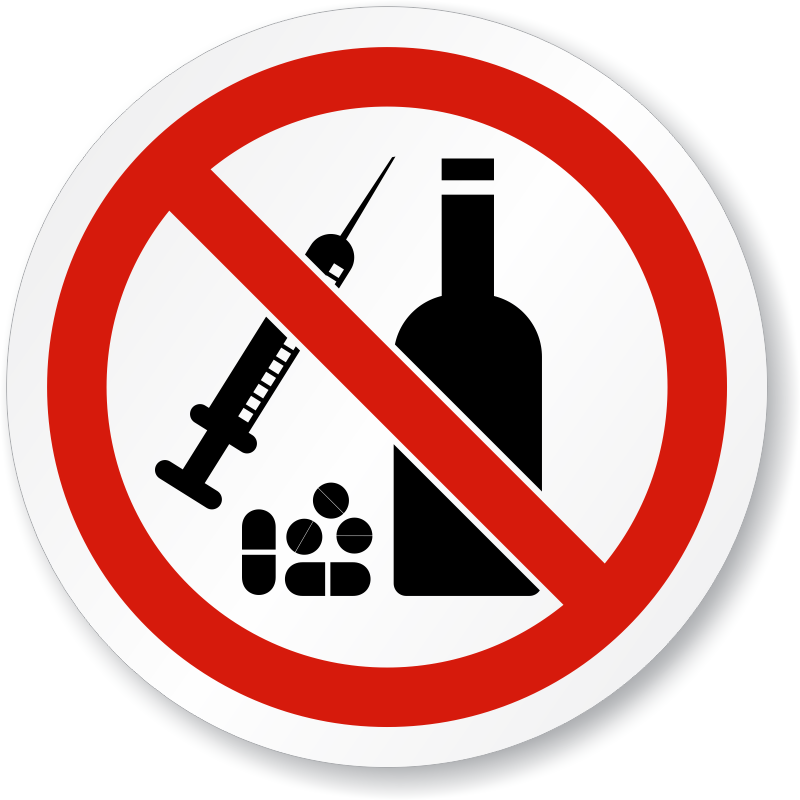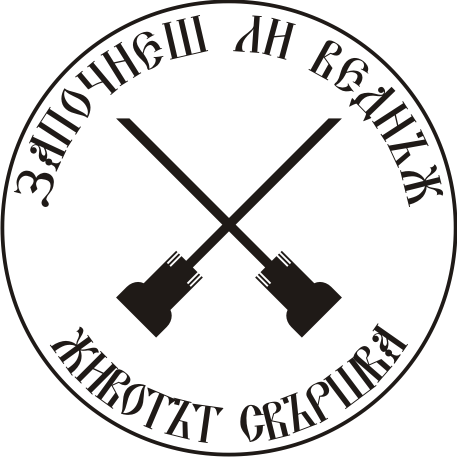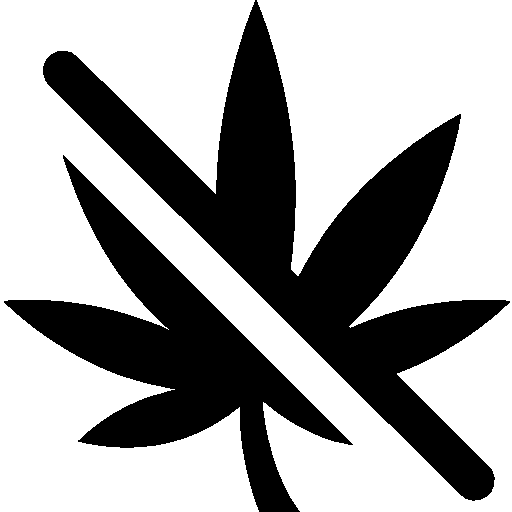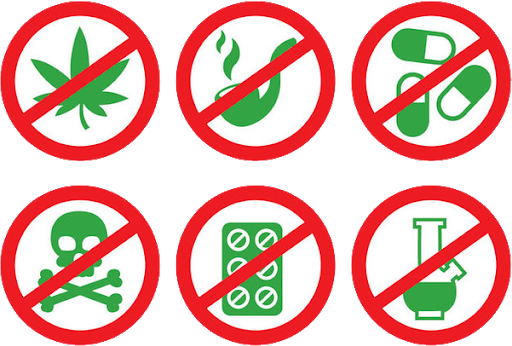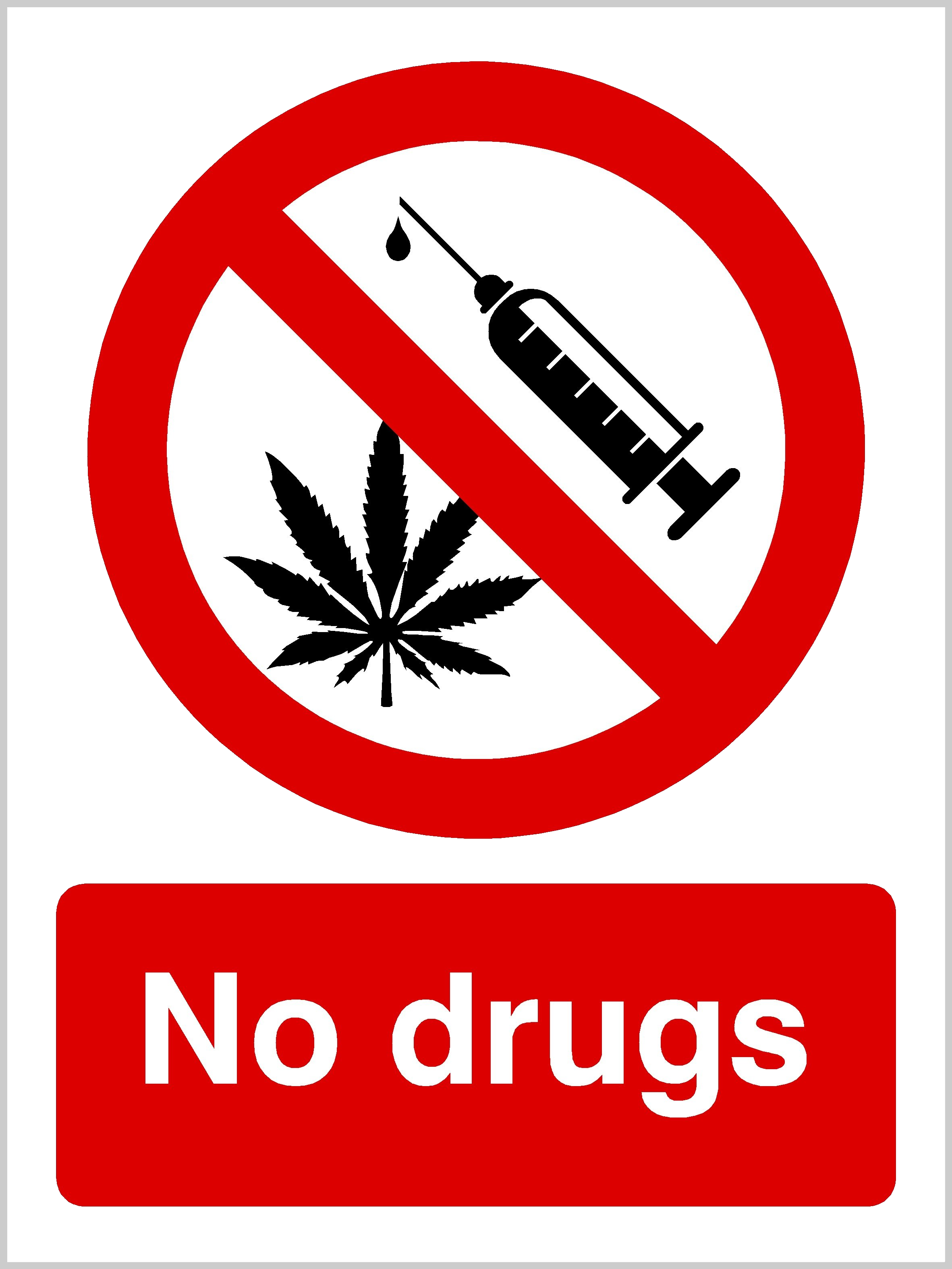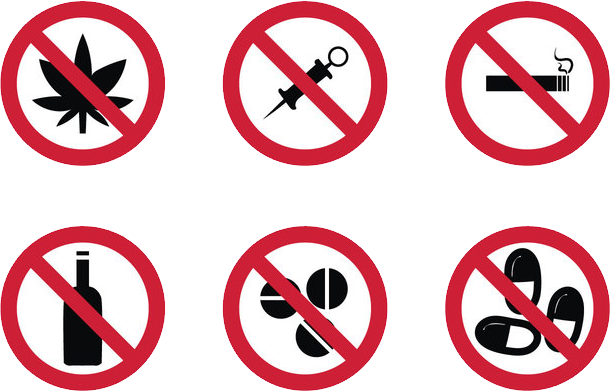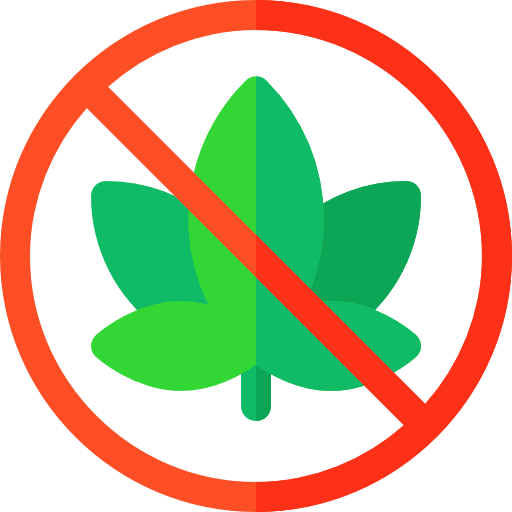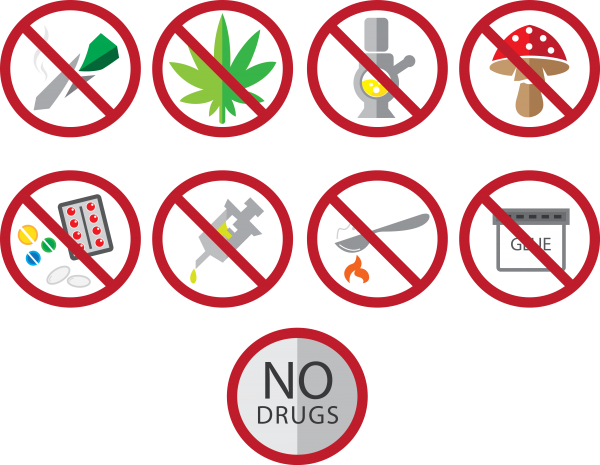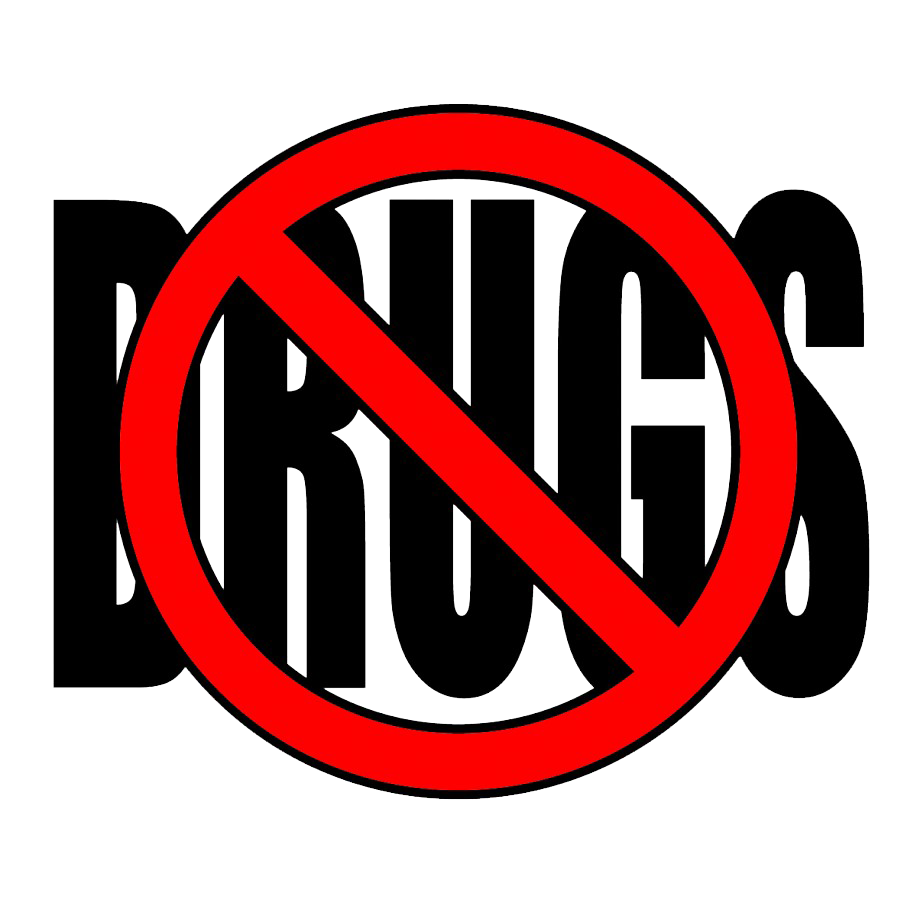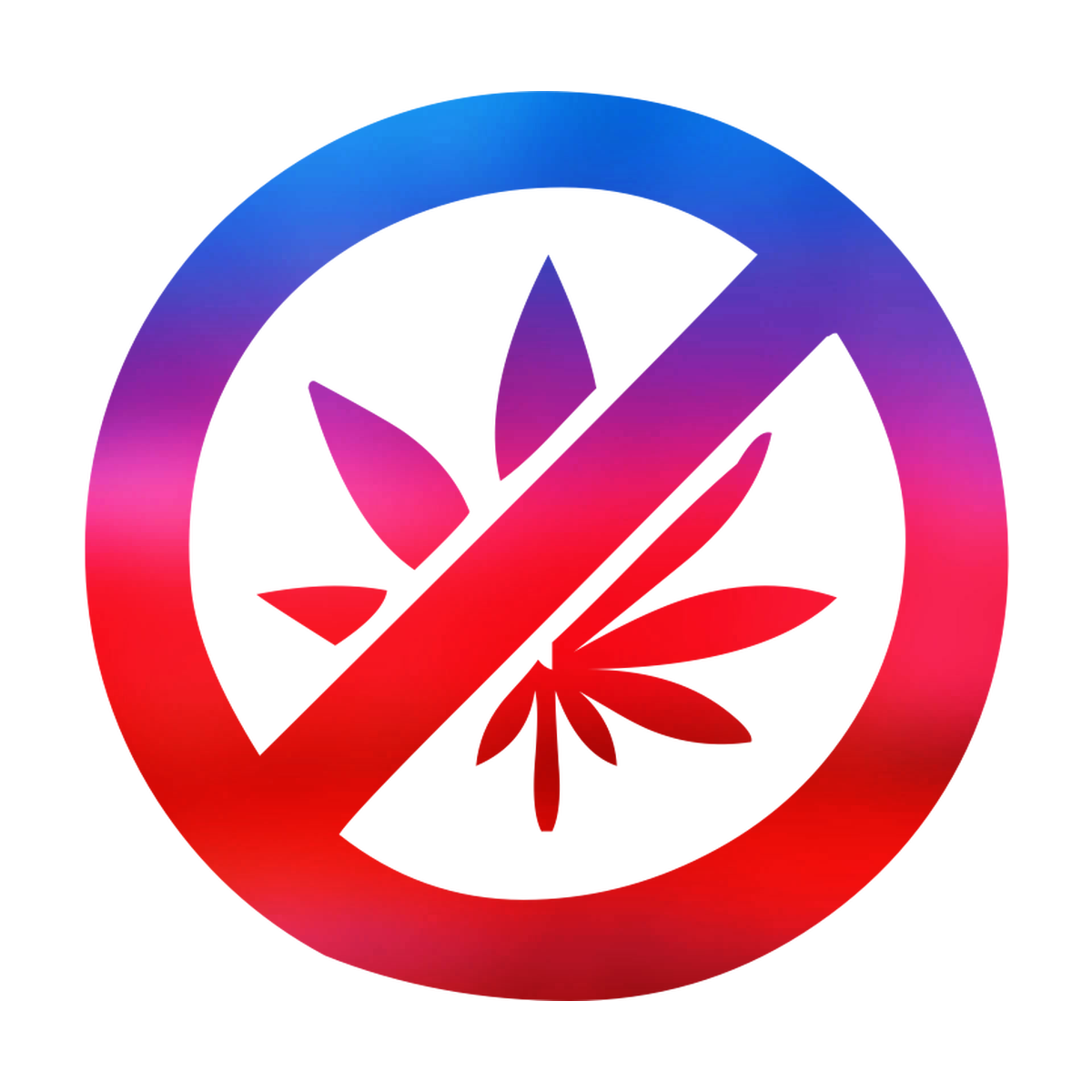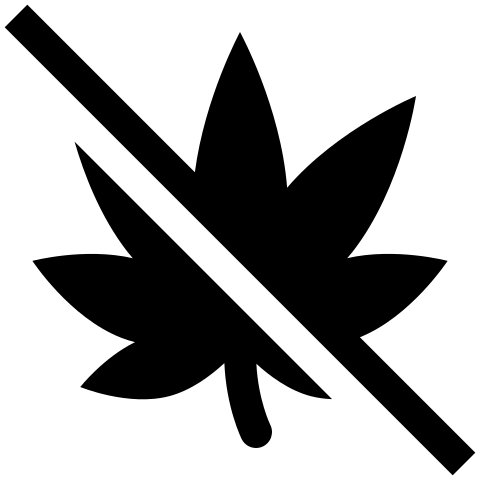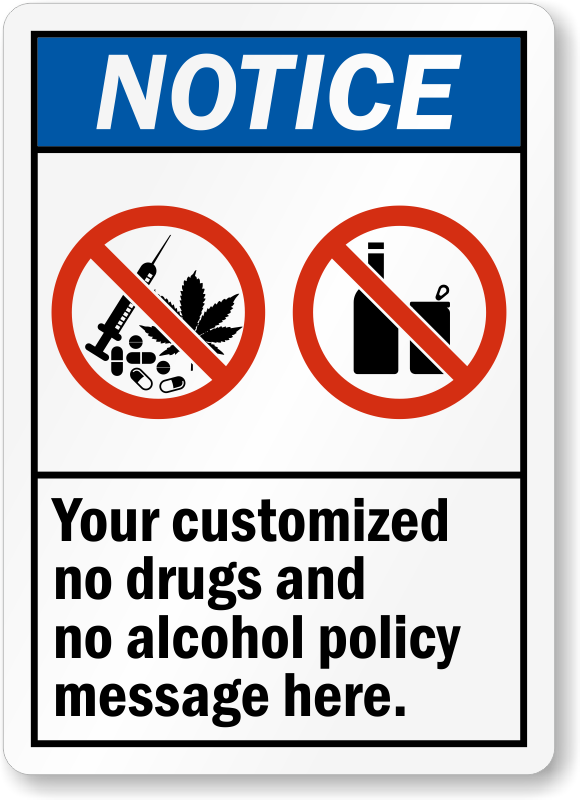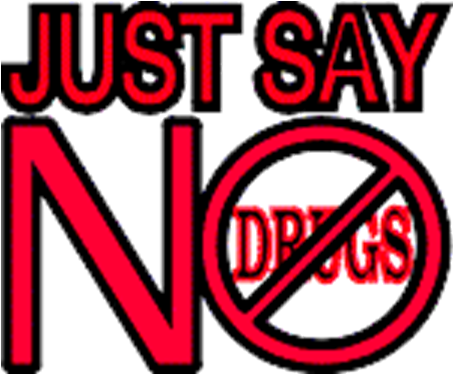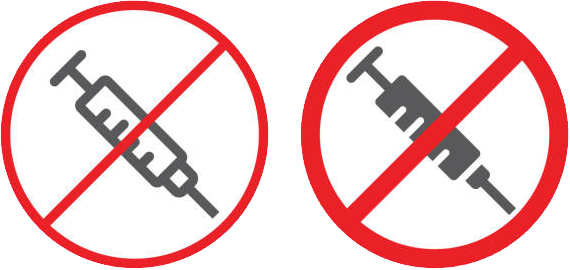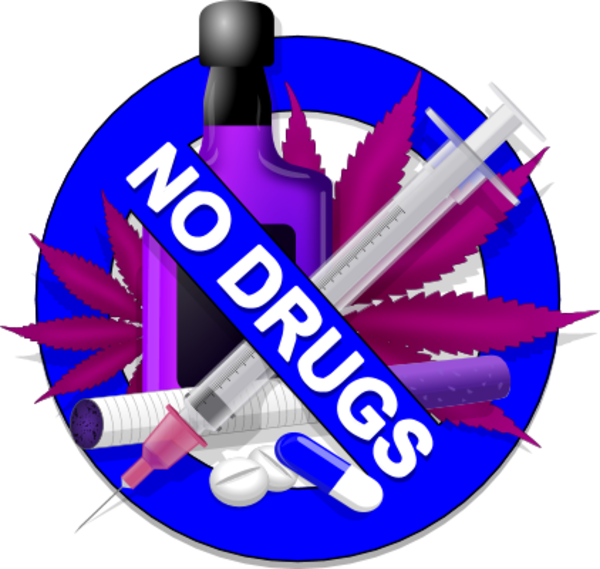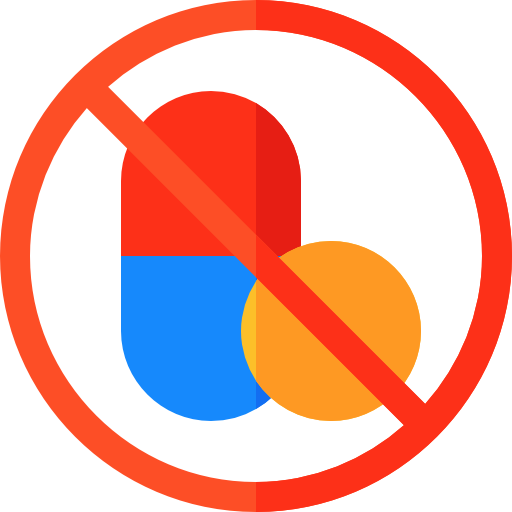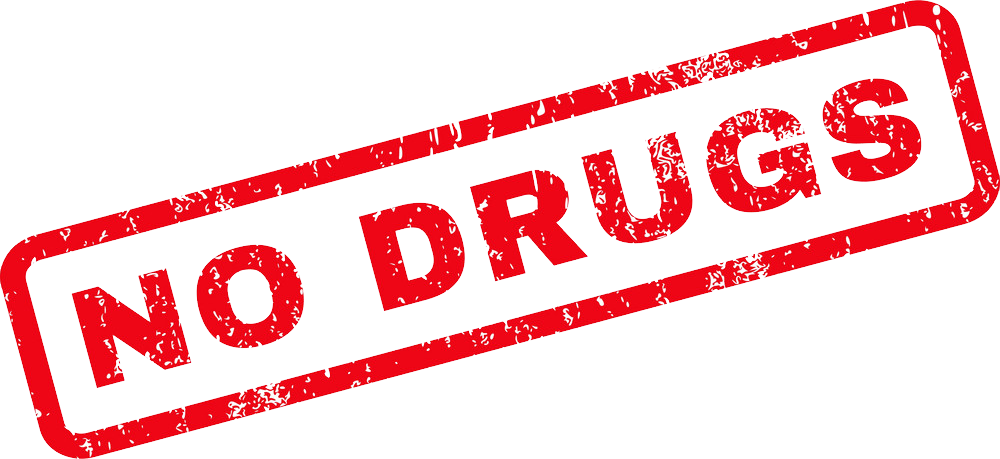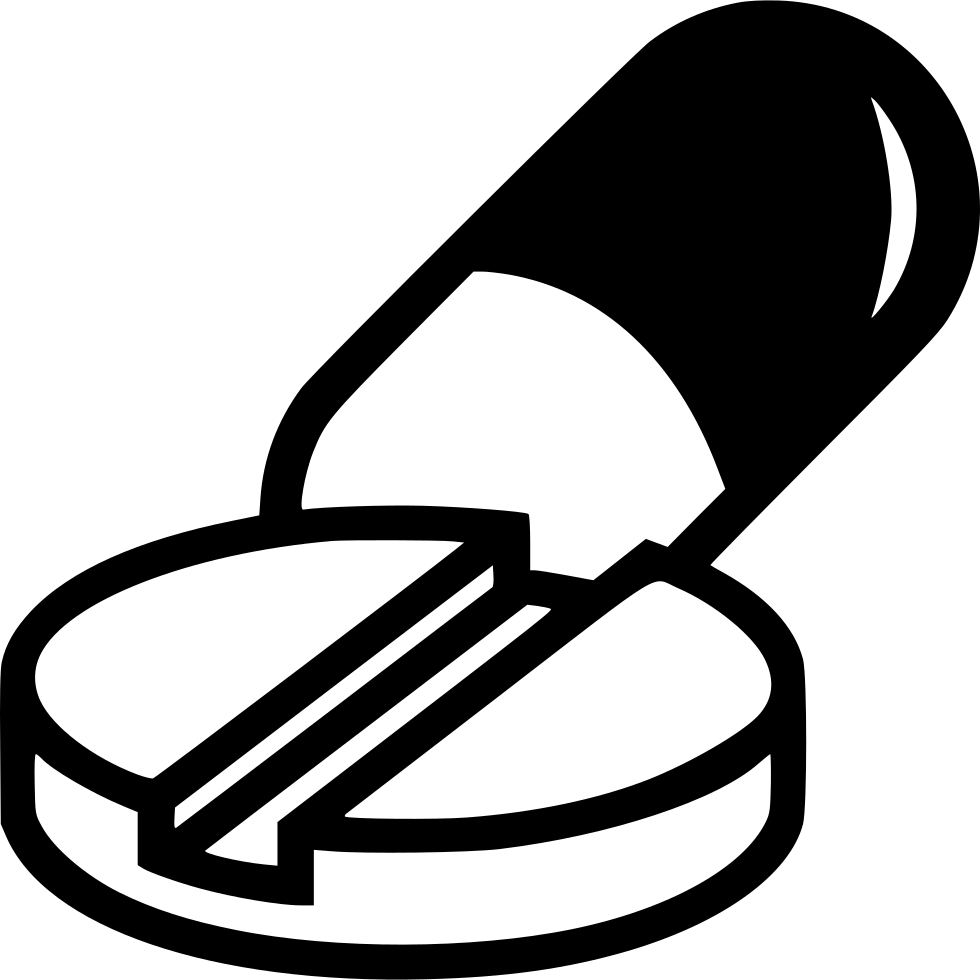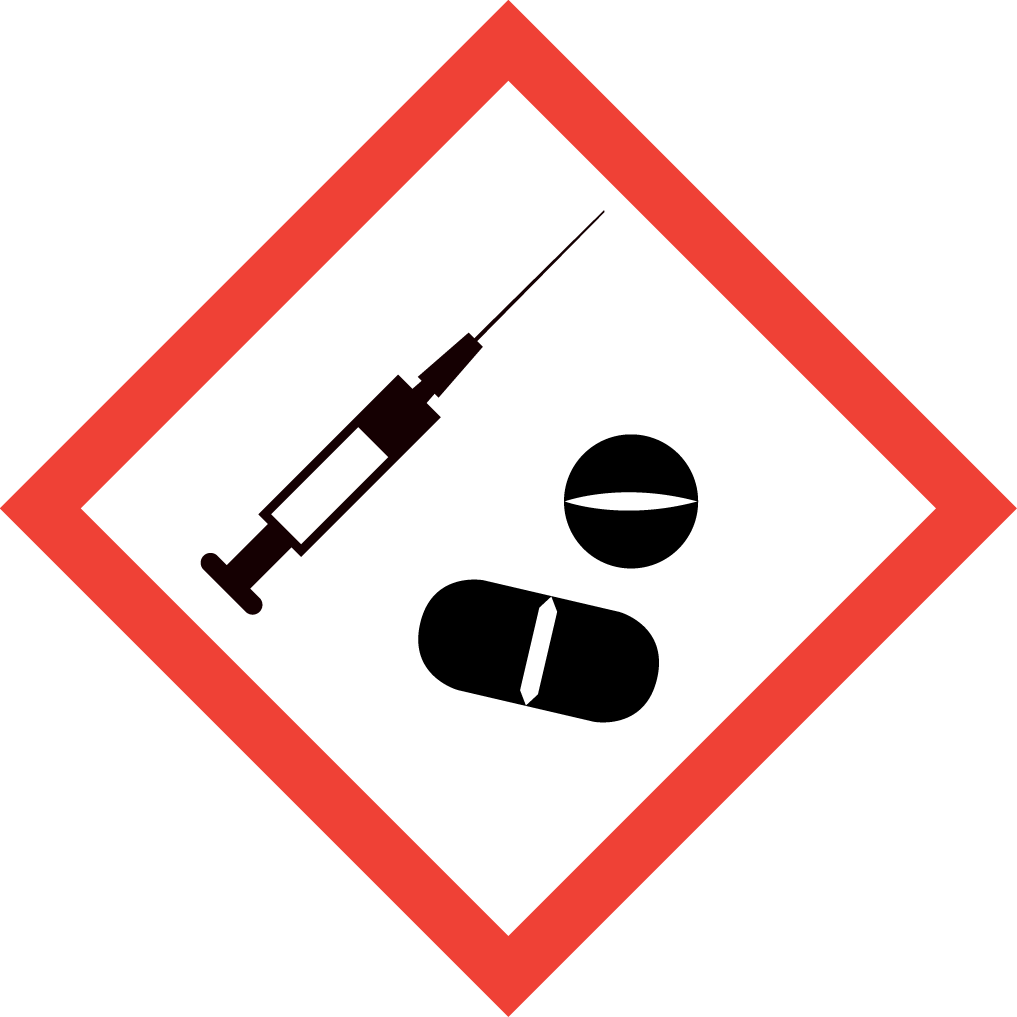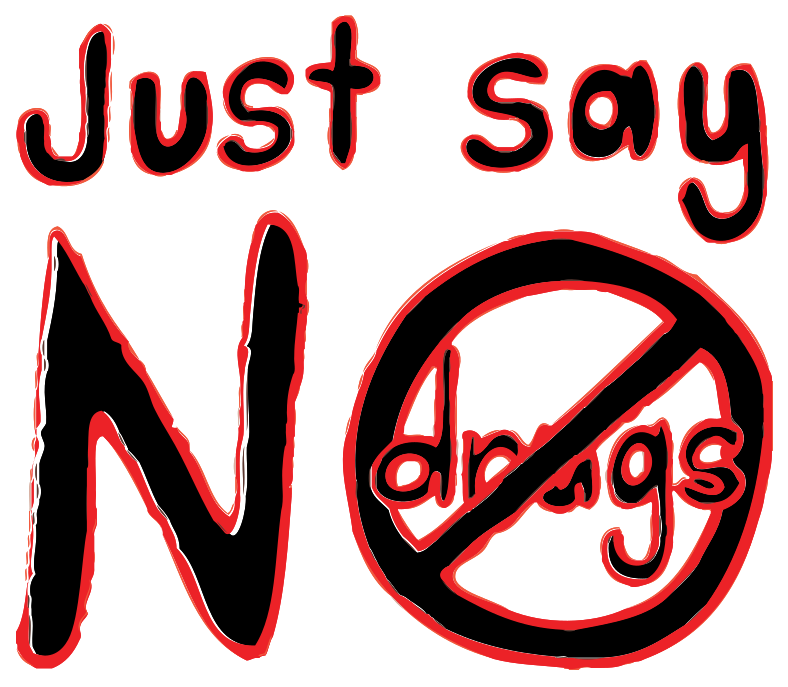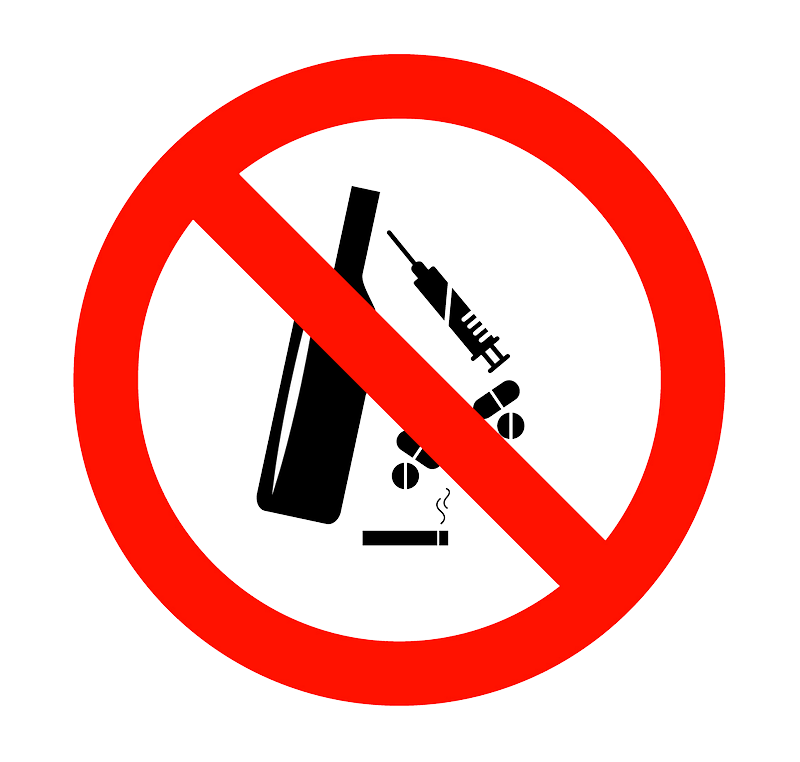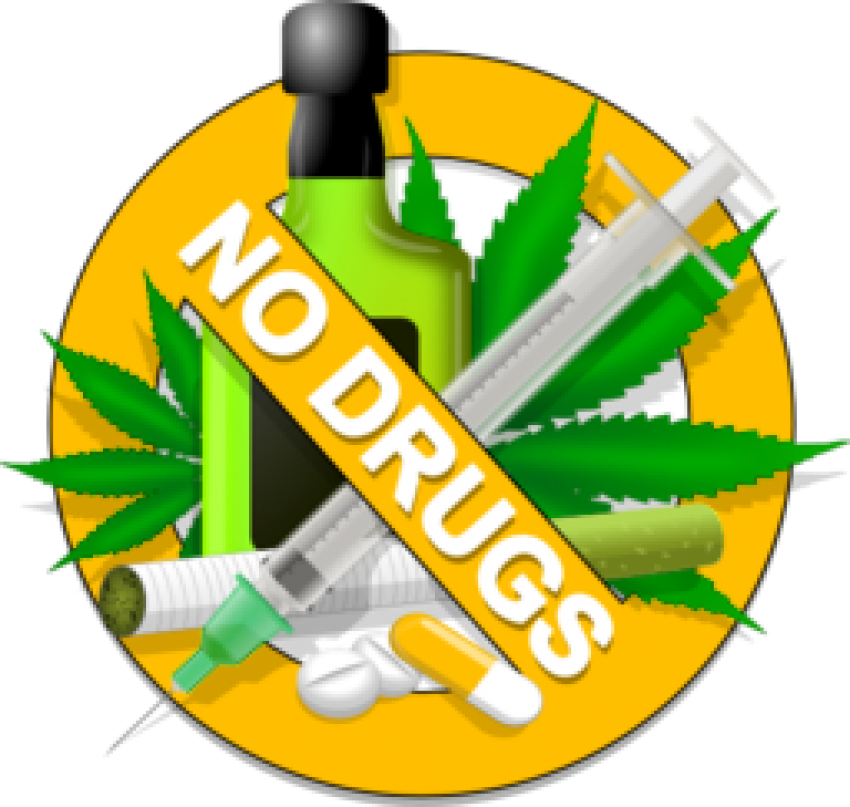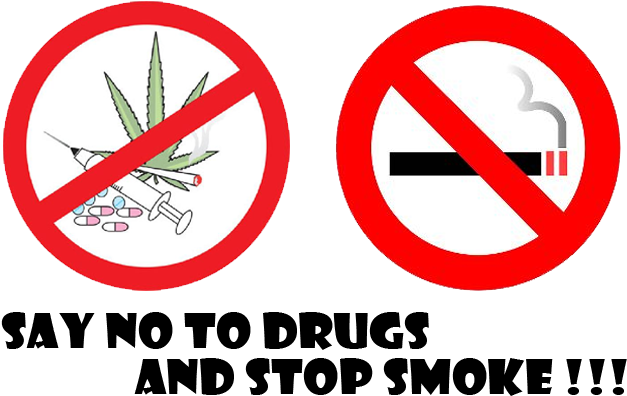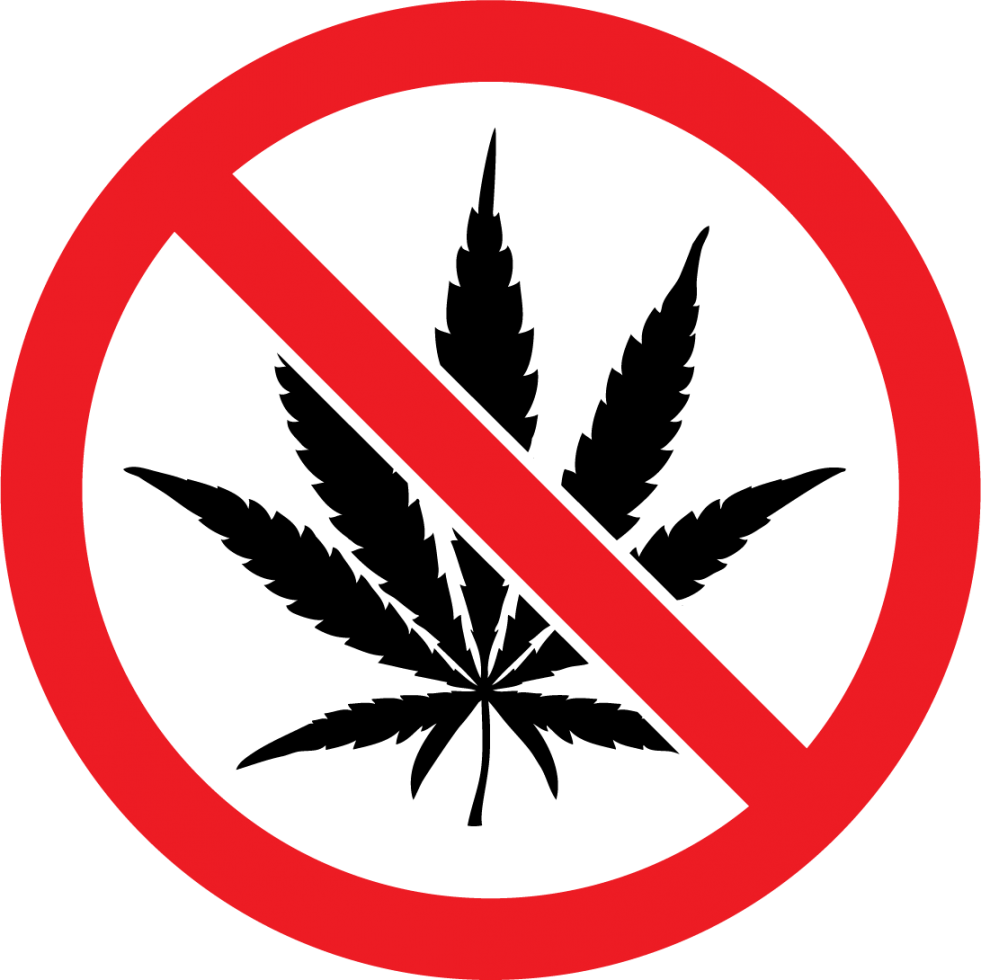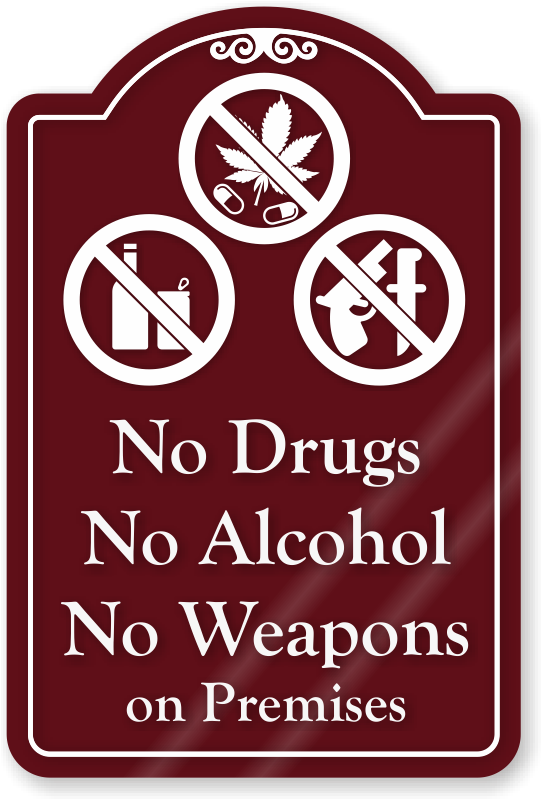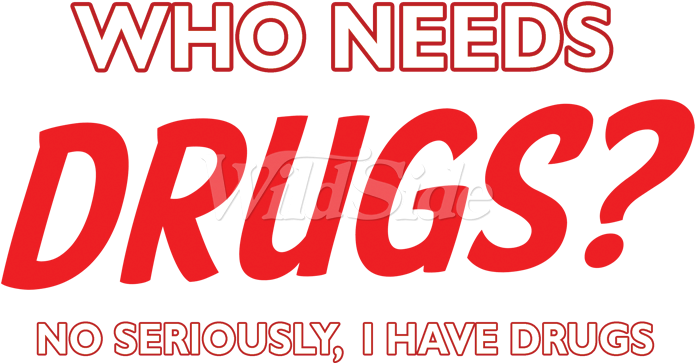Download top and best high-quality free No Drugs PNG Transparent Images backgrounds available in various sizes. To view the full PNG size resolution click on any of the below image thumbnail.
License Info: Creative Commons 4.0 BY-NC
A drug is any chemical substance that alters the physiology or psychology of an organism when eaten. Food and substances that give nutritional assistance are usually differentiated from drugs. Inhalation, injection, smoking, ingestion, absorption via a patch on the skin, suppository, or dissolving beneath the tongue are all options for medication consumption.
In pharmacology, a drug is a chemical compound with a recognized structure that has a biological effect when delivered to a living creature. A pharmaceutical drug, often known as a medication or medicine, is a chemical substance that is used to treat, cure, prevent, or diagnose a disease, as well as to promote health. Traditionally, medications were made by extracting them from medicinal plants, but more recently, organic synthesis has been used. For chronic illnesses, pharmaceutical medications might be administered for a short time or on a regular basis.
Medications are frequently categorized into drug classes, which are groupings of related drugs with comparable chemical structures, the same mechanism of action (binding to the same biological target), a similar mode of action, and are used to treat the same condition. The most extensively used drug categorization system, the Anatomical Therapeutic Chemical Classification System (ATC), provides medications a unique ATC code, which is an alphanumeric identifier that categorizes them into distinct drug classes within the ATC system. The Biopharmaceutics Categorization System is another important classification system. This grouping of medications is based on their solubility and permeability (or absorption) characteristics.
Psychoactive medications are chemical compounds that modify perception, emotion, or awareness by affecting the function of the central nervous system. Stimulants, depressants, antidepressants, anxiolytics, antipsychotics, and hallucinogens are among the pharmaceuticals classified as stimulants, depressants, antidepressants, anxiolytics, antipsychotics, and hallucinogens.
These psychoactive medications have been shown to be effective in the treatment of a variety of medical illnesses, including mental disorders, all over the world. Caffeine, nicotine, and alcohol are the most extensively used drugs in the world, and they are also classified as recreational drugs since they are taken for enjoyment rather than therapeutic objectives. Every medicine has the potential to cause negative effects.
Addiction and/or physical dependency can result from the misuse of a variety of psychoactive substances. Stimulant psychosis can develop as a result of excessive usage of stimulants. Many recreational drugs are illegal, and international conventions like the Single Convention on Narcotic Drugs exist to make them illegal.
A medication, often known as a medicine, is a substance used to treat or alleviate the symptoms of a disease or medical condition. It might potentially be used as a preventative drug that has long-term advantages but does not treat any current or previously diagnosed ailments or symptoms. Governments frequently divide medication dispensing into three categories: over-the-counter medications, which are available without restriction in pharmacies and supermarkets; behind-the-counter medicines, which can be dispensed by a pharmacist without a doctor’s prescription; and prescription-only medicines, which must be prescribed by a licensed medical professional, usually a physician.
Behind-the-counter drugs are known as pharmacy medicines in the United Kingdom, and they can only be sold in licensed pharmacies under or under the supervision of a pharmacist. On the label, these drugs are identified by the letter P. The number of drugs that may be obtained without a prescription varies by nation. Pharmaceutical firms often create medications, which are frequently patented to grant the creator exclusive rights to make them. Generic medications are those that are not patented (or have expired patents) and can be manufactured by other firms without limitations or permissions from the patent holder.
Download No Drugs PNG images transparent gallery
- No Drugs Symbol PNG Cutout
Resolution: 704 × 697
Size: 74 KB
Image Format: .png
Download
- No Drugs Symbol PNG Images
Resolution: 691 × 945
Size: 101 KB
Image Format: .png
Download
- No Drugs Symbol PNG Photos
Resolution: 1600 × 1597
Size: 520 KB
Image Format: .png
Download
- No Drugs Symbol Transparent
Resolution: 1427 × 1361
Size: 51 KB
Image Format: .png
Download
- No Drugs Symbol PNG Clipart
Resolution: 517 × 537
Size: 62 KB
Image Format: .png
Download
- No Drugs
Resolution: 512 × 512
Size: 26 KB
Image Format: .png
Download
- No Drugs PNG
Resolution: 512 × 512
Size: 48 KB
Image Format: .png
Download
- No Drugs PNG Pic
Resolution: 638 × 433
Size: 364 KB
Image Format: .png
Download
- No Drugs PNG File
Resolution: 512 × 650
Size: 47 KB
Image Format: .png
Download
- No Drugs PNG Image
Resolution: 600 × 600
Size: 59 KB
Image Format: .png
Download
- No Drugs PNG Photo
Resolution: 512 × 512
Size: 35 KB
Image Format: .png
Download
- No Drugs PNG Cutout
Resolution: 586 × 855
Size: 123 KB
Image Format: .png
Download
- No Drugs PNG Images
Resolution: 512 × 512
Size: 41 KB
Image Format: .png
Download
- No Drugs PNG Photos
Resolution: 755 × 755
Size: 103 KB
Image Format: .png
Download
- No Drugs Poster PNG Image
Resolution: 650 × 650
Size: 253 KB
Image Format: .png
Download
- No Drugs Transparent
Resolution: 800 × 800
Size: 142 KB
Image Format: .png
Download
- No Drugs PNG Clipart
Resolution: 457 × 457
Size: 65 KB
Image Format: .png
Download
- No Drugs PNG Picture
Resolution: 512 × 512
Size: 7 KB
Image Format: .png
Download
- No Drugs Poster PNG Photo
Resolution: 512 × 346
Size: 235 KB
Image Format: .png
Download
- No Drugs PNG HD Image
Resolution: 2363 × 3150
Size: 960 KB
Image Format: .png
Download
- No Drugs PNG Image HD
Resolution: 610 × 391
Size: 180 KB
Image Format: .png
Download
- No Drugs No Background
Resolution: 512 × 512
Size: 30 KB
Image Format: .png
Download
- No Drugs PNG Images HD
Resolution: 600 × 465
Size: 119 KB
Image Format: .png
Download
- No Drugs PNG Free Image
Resolution: 917 × 917
Size: 209 KB
Image Format: .png
Download
- No Drugs PNG Image File
Resolution: 1724 × 518
Size: 265 KB
Image Format: .png
Download
- No Drugs Background PNG
Resolution: 1200 × 1200
Size: 252 KB
Image Format: .png
Download
- No Drugs Symbol
Resolution: 480 × 480
Size: 11 KB
Image Format: .png
Download
- No Drugs Poster PNG Pic
Resolution: 580 × 800
Size: 81 KB
Image Format: .png
Download
- No Drugs Poster PNG File
Resolution: 453 × 374
Size: 149 KB
Image Format: .png
Download
- No Drugs Symbol PNG Picture
Resolution: 570 × 270
Size: 115 KB
Image Format: .png
Download
- No Drugs Symbol PNG HD Image
Resolution: 600 × 569
Size: 224 KB
Image Format: .png
Download
- No Drugs Symbol PNG Image HD
Resolution: 512 × 512
Size: 26 KB
Image Format: .png
Download
- No Drugs Symbol No Background
Resolution: 1000 × 459
Size: 274 KB
Image Format: .png
Download
- No Drugs Symbol PNG Images HD
Resolution: 980 × 980
Size: 74 KB
Image Format: .png
Download
- No Drugs Symbol PNG Free Image
Resolution: 1017 × 1017
Size: 21 KB
Image Format: .png
Download
- No Drugs Symbol PNG
Resolution: 788 × 687
Size: 169 KB
Image Format: .png
Download
- No Drugs Symbol PNG Pic
Resolution: 800 × 762
Size: 83 KB
Image Format: .png
Download
- No Drugs Symbol PNG File
Resolution: 850 × 807
Size: 331 KB
Image Format: .png
Download
- No Drugs Symbol PNG Image
Resolution: 627 × 396
Size: 165 KB
Image Format: .png
Download
- No Drugs Symbol PNG Photo
Resolution: 981 × 980
Size: 325 KB
Image Format: .png
Download
- No Drugs Poster
Resolution: 541 × 799
Size: 154 KB
Image Format: .png
Download
- No Drugs Poster PNG
Resolution: 695 × 363
Size: 77 KB
Image Format: .png
Download
